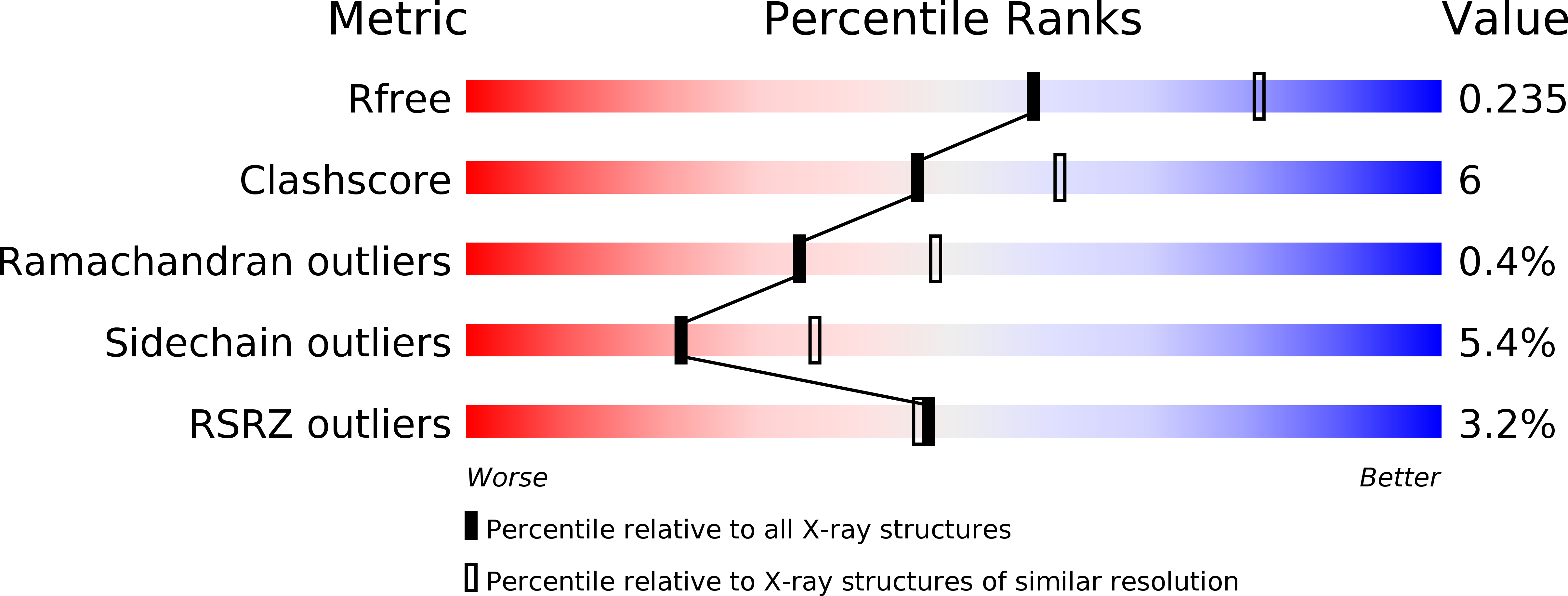
Deposition Date
2009-10-12
Release Date
2009-12-15
Last Version Date
2023-09-06
Entry Detail
PDB ID:
3K7D
Keywords:
Title:
C-terminal (adenylylation) domain of E.coli Glutamine Synthetase Adenylyltransferase
Biological Source:
Source Organism:
Escherichia coli (Taxon ID: 562)
Host Organism:
Method Details:
Experimental Method:
Resolution:
2.40 Å
R-Value Free:
0.23
R-Value Work:
0.18
R-Value Observed:
0.18
Space Group:
P 21 21 21


